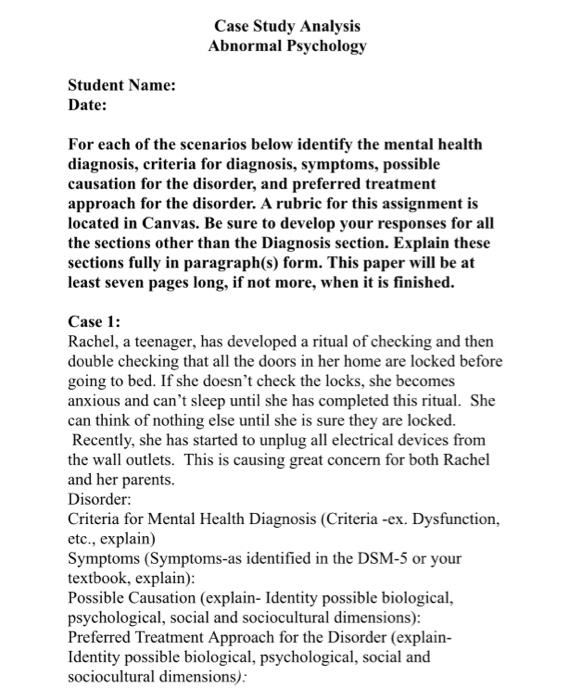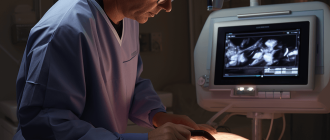
Case Studies: Real-World MALS Diagnosis Scenarios.
Medical diagnosis is a complex process that often requires careful consideration of various factors. This is especially true in cases involving Median Arcuate Ligament Syndrome (MALS), a rare condition that affects the blood flow to the digestive organs. In real-world scenarios, diagnosing MALS can present unique challenges that require innovative solutions. For those seeking potential solutions, explore Mals Syndrome Treatment.
In the world of medicine, each case presents its own set of challenges, and diagnosing Median Arcuate Ligament Syndrome is no exception. The symptoms of MALS, such as chronic abdominal pain and weight loss, can often be vague and nonspecific, making it difficult to pinpoint the exact cause. Furthermore, Median Arcuate Ligament Syndrome is a relatively rare condition, which means that many medical professionals may not be familiar with its clinical presentation, leading to potential misdiagnosis or delayed diagnosis.
However, despite these challenges, healthcare providers have developed various solutions to aid in the diagnosis of Median Arcuate Ligament Syndrome. For example, advanced imaging techniques, such as CT angiography and MR angiography, have proven to be valuable tools in identifying the compression of the celiac artery by the median arcuate ligament. These techniques allow for a more accurate and timely diagnosis, improving patient outcomes.
Another solution to the challenges of diagnosing MALS is the collaboration between different specialties within the medical field. By bringing together experts in gastroenterology, vascular surgery, and radiology, healthcare providers can pool their knowledge and experience to develop comprehensive diagnostic approaches. This interdisciplinary approach ensures that the patient’s condition is thoroughly evaluated from multiple perspectives, increasing the likelihood of an accurate diagnosis.
In conclusion, real-world MALS diagnosis case studies highlight the unique challenges faced by healthcare providers in diagnosing this rare condition. However, through innovative solutions such as advanced imaging techniques and interdisciplinary collaboration, accurate and timely diagnoses can be made. By shedding light on these challenges and solutions, we can further improve the understanding and diagnosis of Median Arcuate Ligament Syndrome, ultimately benefiting patients affected by this condition.






